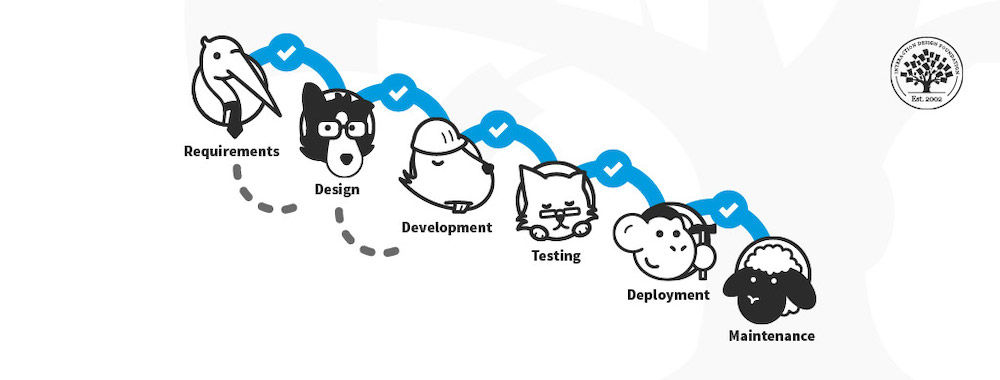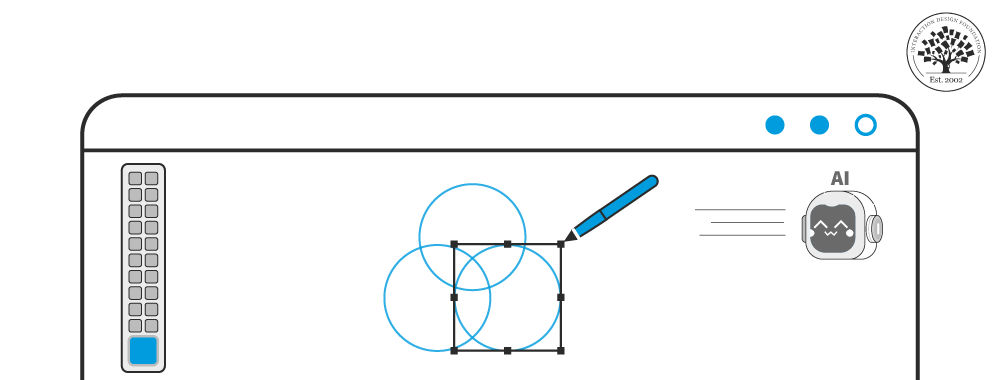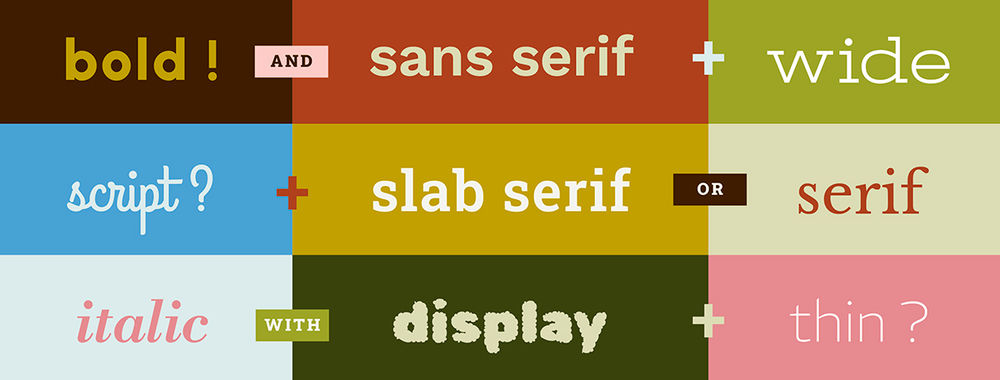Show
Hide
video transcript
- Transcript loading…
Sometimes, you get stuck when you’ve been working and working on a problem. Perhaps it’s a crossword or a difficult design issue. You go over the same things again and again, but you don’t make any progress. And the more you try to get unstuck, the harder it becomes to think outside of the box and see things from a different angle. In this video, you’ll learn why this happens, how you can overcome your fixation and biases—and you’ll learn why you can sometimes get a new insight if you go off and take a break or perhaps sleep on it. Then, when you return to it, suddenly the problem that had seemed impossible is suddenly far easier to unravel.











